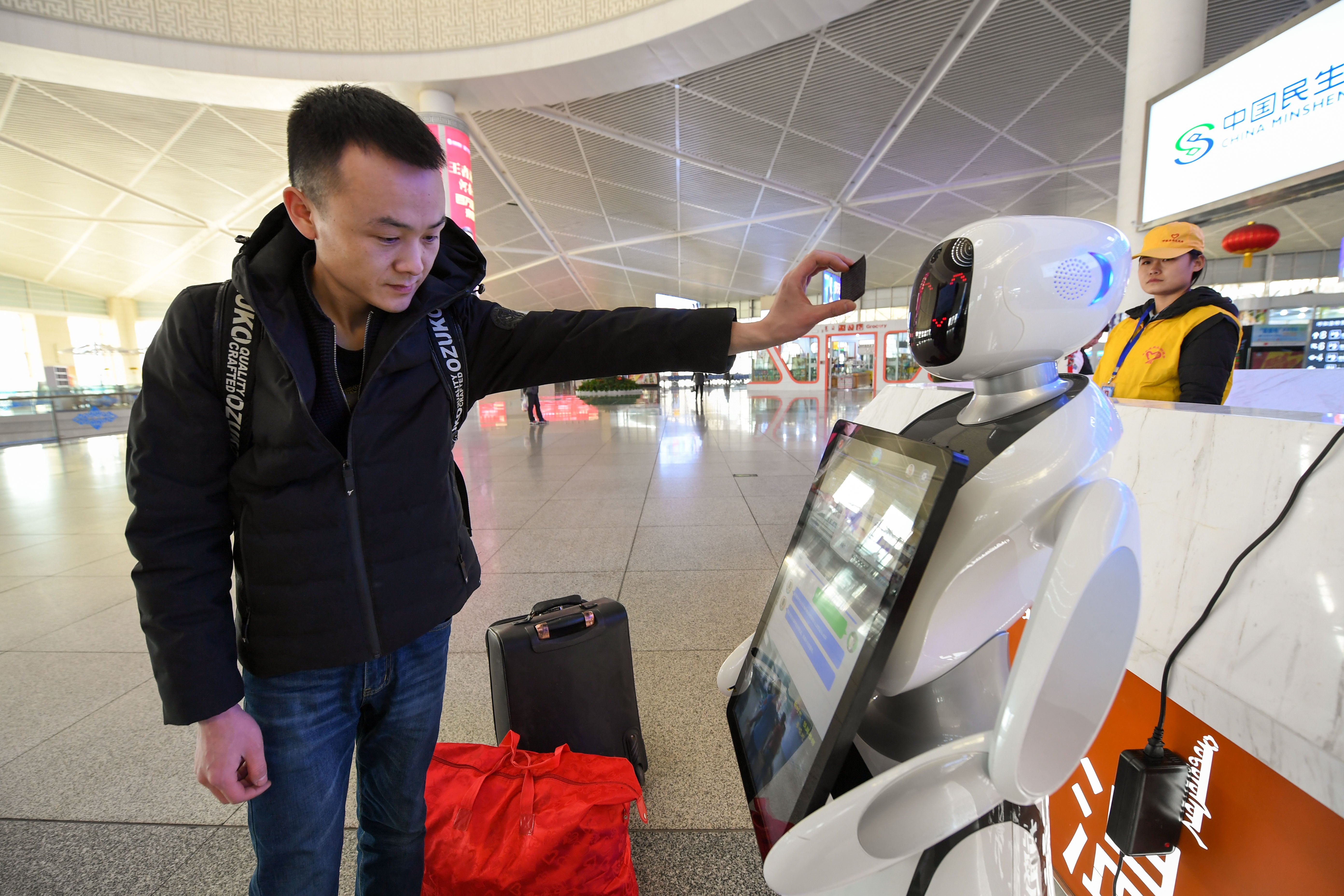Technology helps create a more joyous Spring Festival
- By Rachana Gupta
 0 Comment(s)
0 Comment(s) Print
Print E-mail China.org.cn, January 24, 2020
E-mail China.org.cn, January 24, 2020

The Spring Festival or Chinese New Year is the most important festival in China. It usually starts from the first (New Moon) day of the first lunar month and continues up until the 15th day of the new year. As per the 2020 lunar calendar, the current year is the "Metal Rat," and it begins on January 25. Also known as "Chunjie," the festival is celebrated by more than 20% of the world's population from various countries, such as Singapore, Indonesia, Malaysia, Thailand, Cambodia, Australia, Europe, New Zealand, America, and Canada.
Spring Festival is the busiest time of the year for businesses as well as for the public transportation system in China. With the increase in per capita income and consumer confidence, Chinese nationals have started spending considerably more money to make their holiday memorable. The 40-day-long travel rush when millions of Chinese return to their hometowns for their family reunions is one of the largest human migration events in the world every year. During last year's Spring Festival holiday, Chinese nationals spent over 1 trillion yuan, which was 8.5% higher than in 2018, according to the Chinese Ministry of Commerce. Chinese nationals made 415 million domestic trips during the Lunar New Year holiday break in 2019 and the revenue generated from their trips hit 513.9 billion yuan, which was an 8.2% year-on-year increase, according to the China Tourism Academy.
Although this massive consumption spree provides a significant opportunity for companies to make more profits and boost the country's economy, it also creates various challenges for both public service sectors and companies to maintain the seamless flow of products and services.
Thanks to the development and application of hi-tech innovations in recent years, the customer experience of travel and celebrations during the holidays have been greatly enhanced and is now more enjoyable.
For instance, online booking services are replacing the traditional way of selling paper tickets. According to estimates, Chinese people will make an astounding 3.6 billion trips during the Spring Festival travel rush this year. In order to make their journeys smoother, the daily ticketing capacity of the official online booking service has been increased from the previous 15 million to 20 million. Also, the high-speed train stations have become much more efficient because of their e-ticketing services, which reduce travelers' check-in times by about 30% compared to previous manual services. Technologies such as facial recognition, robot information services, intelligent storage facilities, patrol robots, and AI security monitoring are also helping to make the travel experience hassle-free for people in train stations and in-transit.
In addition, 5G technology, virtual reality, and high-definition display technologies will be used to enhance the viewing experience of this year's televised Spring Festival Gala which, along with family reunions, is an integral part of the festival. The gala, broadcast every year on the eve of the Chinese Lunar New Year, is the most popular TV show in China and garners the most number of viewers. Audiences will also now be able to see a panoramic view of the performances via live streaming on the broadcaster's mobile app.
The rapid development of hi-tech innovations has successfully transformed the Spring Festival Gala into an interactive show where viewers can collecting digital "hongbao" (red envelopes) while watching the program. Traditionally, the older relatives in Chinese families will give cash in red envelopes to younger family members as a symbol of their blessings. Now, the old tradition has transformed into a new one in digital form. Moreover, technological development has further expanded the scope and transformed this tradition into a wider practise of sending goodwill not only to family members, but also to friends and even colleagues, making the festival even more fun and meaningful.
By looking at the overall trends and the current integration of 5G technology, Artificial Intelligence and other hi-tech innovations into the Chinese Lunar New Year, this year's Spring Festival celebrations are expected to become more diversified and enjoyable.
Rachana Gupta is an active blogger, poet and freenlance content writer. She is also the author of the book "To The Horizon We Indeed Sail".
Opinion articles reflect the views of their authors only, not necessarily those of China.org.cn.
If you would like to contribute, please contact us at opinion@china.org.cn.






Go to Forum >>0 Comment(s)